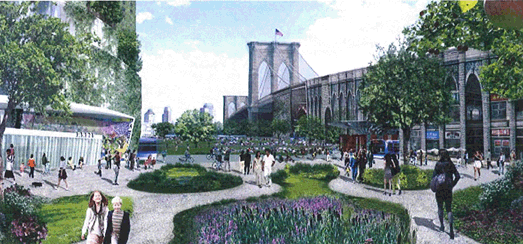Line and Form: linear, areal, inclusive and accessible public spaces. Hoofbogen in Rotterdam
DOI:
https://doi.org/10.6092/2281-4574/1553Keywords:
Gender city, Reconversion, Urban Design, Urban Regeneration.Abstract
In the contemporary city places more and more lose their character of physical stock and became space of flow; the city isn’t characterized by its immobile uniqueness, but is modified and reassembled at the rate of circulation in it comes to life. Today the city is presented as a set of discontinuous fragments, which return an image of plural spaces, places and non-places, past and present. Disappearing borders, perimeters, which marked the places, neighborhoods are uncommon spaces, undefined areas between built and unbuilt. The square is the gap in the building density; it has lost its significance as a place of socialization.
The recent planning instruments (plans and programs) that belong to the city of Rotterdam are geared to transform the city into a “child-friendly city" (city suitable for children), the city attracts young couples and middle-class families just for the fact that the city is distancing itself from the modernist planning based on the zoning and is encouraging the mix of urban functions; particular emphasis in this phase of planning and urban design is given by the statement of the urban Vision Rotterdam 2030. The case dealt with in the article is related to the area of Bergpolder, in the north of Rotterdam, an area affected by a strong identity disposed element, a railway viaduct, and is characterized by a strong strategic value for the location and proximity with the urban center and is affected by both social and economic problem due to the insufficiency of public spaces, the use of spaces and public facilities, to the social mixité, characterized by the mixture of different ethnic groups.
Downloads

Downloads
Additional Files
Published
Issue
Section
License
Gli autori che pubblicano su questa rivista accettano le seguenti condizioni:- Gli autori mantengono i diritti sulla loro opera e cedono alla rivista il diritto di prima pubblicazione dell'opera, contemporaneamente licenziata sotto una Licenza Creative Commons - Attribuzione che permette ad altri di condividere l'opera indicando la paternità intellettuale e la prima pubblicazione su questa rivista.
- Gli autori possono aderire ad altri accordi di licenza non esclusiva per la distribuzione della versione dell'opera pubblicata (es. depositarla in un archivio istituzionale o pubblicarla in una monografia), a patto di indicare che la prima pubblicazione è avvenuta su questa rivista.
- Gli autori possono diffondere la loro opera online (es. in repository istituzionali o nel loro sito web) prima e durante il processo di submission, poiché può portare a scambi produttivi e aumentare le citazioni dell'opera pubblicata (Vedi The Effect of Open Access).

